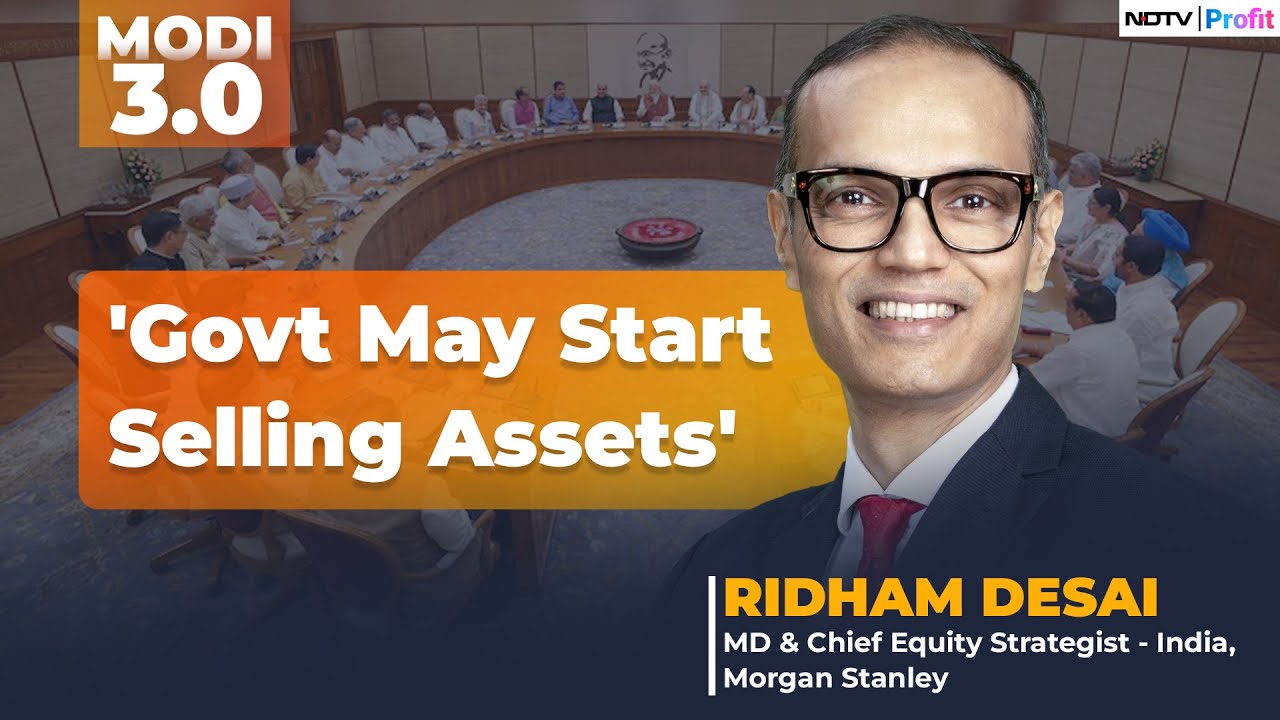Fintech is Dead, Long Live Fintech | Vikram Vaidyanathan on the Future of Fintech | Razorpay FTX 24
Summary
TLDRVikram Vatan, Managing Director of Matrix Partners India, discusses the state of fintech in India, emphasizing the importance of embracing regulation and the potential for growth in the sector. With a decade of development, fintech has created significant value, and Vatan predicts rapid growth in the next five years. He highlights the India stack's role in driving digital adoption and the opportunities in vertical fintech, lending, infrastructure, and insurance, suggesting a bright future for enduring companies in the ecosystem.
Takeaways
- 😀 Vikram Vatan, Managing Director of Matrix Partners India, is passionate about building the future of India with a focus on fintech, edtech, and SaaS.
- 🏆 Vatan has been an early-stage investor for over 13 years, and he highlights the growth of fintech, particularly the success of Razorpay, a company he invested in early on.
- 💹 The fintech ecosystem in India has created about 100 billion in value over the past decade, with significant potential for further growth.
- 📈 Unlike overnight success stories, financial services ecosystems take time to build and compound, with the next phase of growth expected to be even faster.
- 🚀 India's fintech sector is poised for rapid growth, with the potential to double or triple in value over the next five years.
- 💼 Despite the rapid growth, there is still a significant underserved market in India, with many individuals not having access to necessary financial services.
- 🛑 Regulatory concerns are growing as the rapid fintech growth has raised issues of risk and compliance, leading to increased regulatory scrutiny and 'speed bumps'.
- 📋 Embracing regulation as a feature, not a bug, is crucial for the fintech industry to build enduring companies and maintain trust.
- 💡 The fintech industry needs to engage with regulators early, document agreements, and be transparent about compliance efforts to navigate the regulatory landscape effectively.
- 🔄 Different business models are emerging in fintech, including platform plays, traditional models with offline touchpoints, and digital-native strategies targeting specific user segments.
- 🌐 The India Stack and digital public infrastructure are foundational to the growth of fintech in India, driving adoption and penetration of financial services.
Q & A
Who is Vikram Vatan and what is his role in the fintech industry?
-Vikram Vatan is the Managing Director of Matrix Partners, India. He has been an early-stage investor for over 13 years and has been involved in leading early investments in the fintech space, including a fintech payments company started by two friends, Har and Shashank.
What does Vikram Vatan consider as areas of passion in his investment strategy?
-Vikram Vatan's areas of passion include payments, fintech, edtech, and SaaS (Software as a Service).
What is Vikram Vatan's view on the future of fintech?
-Vikram Vatan believes the future of fintech lies in continued innovation and the integration of financial services with everyday technology.
Outlines

This section is available to paid users only. Please upgrade to access this part.
Upgrade NowMindmap

This section is available to paid users only. Please upgrade to access this part.
Upgrade NowKeywords

This section is available to paid users only. Please upgrade to access this part.
Upgrade NowHighlights

This section is available to paid users only. Please upgrade to access this part.
Upgrade NowTranscripts

This section is available to paid users only. Please upgrade to access this part.
Upgrade NowBrowse More Related Video

Extreme Hiring

Indian Real Estate Market Insights | Paisa Vaisa Podcast Ft. @knightfrankindia8592 #financepodcast

Good to Exit from Zomato Share? ✅ ❌ | Detailed Analysis & Long Term Investment | Harsh Goela

Today's Stock Market News - 29/08/2024 | Aaj ki Taaza Khabar | Parimal Ade

Morgan Stanley's Ridham Desai On Modi 3.0 Outlook, Policy Making & The Impact On Stock Markets

Rotomac Scam Explained in Hindi
5.0 / 5 (0 votes)